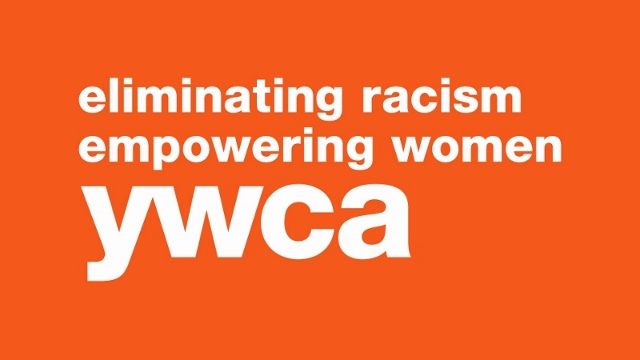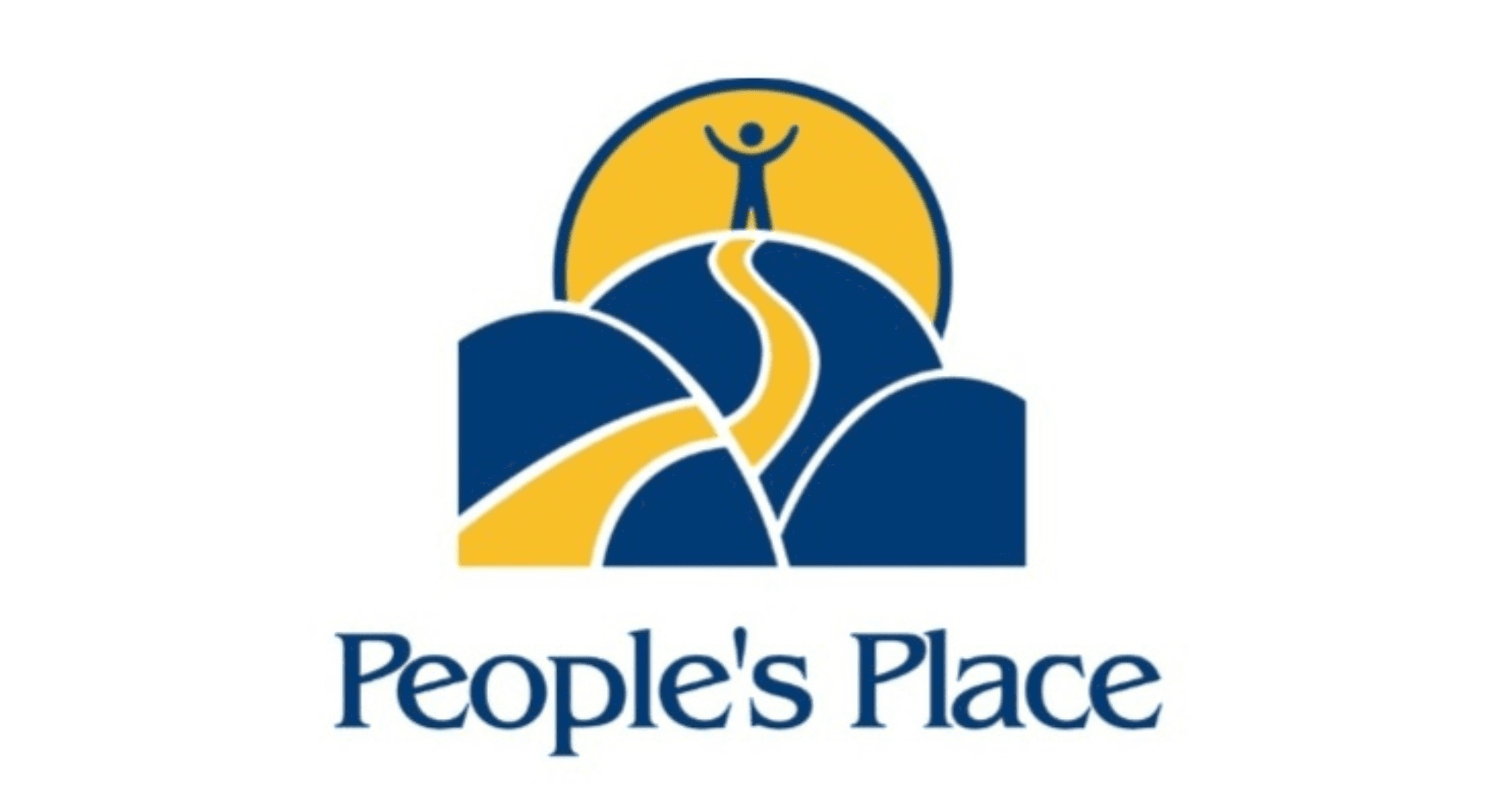The Connections Between Economic Injustice and Gender-Based Violence
Dr. Elle Rochford, She/Her/Hers
Creator and Co-Host of Proofing and Lies
University of Delaware , Center for the Study and Prevention of Gender-Based Violence
Intimate Partner Violence (IPV), sometimes used interchangeably with domestic violence, refers to violence or abuse from a current or former partner. Abuse from an intimate partner can be physical, emotional, financial, or psychological. Popular media often depicts IPV as an act of physical violence such as a plotline in the popular show “Euphoria” where the character Nate chokes Maddy for leaving him. While the scene is dramatic - fitting for a show that is known for its high drama – scenes of sudden, extreme violence often distract from abuse as a pattern of behaviors. Relationships can be controlling and abusive without such clear-cut violence.
While anyone regardless of class, race, gender, or sexuality can experience intimate partner violence (IPV), low-income women face additional barriers to avoiding and escaping abuse. While Euphoria dramatizes much of high school life, adolescent girls are frequently subjected to IPV and abuse. Of women who have experienced IPV, nearly a quarter were victimized between 11 and 17, and over half reported IPV before the age of 25 (National Intimate Partner and Sexual Violence Survey, 2010). Age is not the only factor for IPV. Class and economic inequalities play a significant role in the experiences of IPV. This does not mean that there is a causal relationship (meaning this does not prove working class or impoverished people are more prone to violence). It could be that economic inequalities allow people in secure economic positions to seek help or pursue alternative forms of abuse to physical violence which are less likely to be reported. Higher-income individuals experiencing IPV and abuse may seek treatment from private providers while lower-income individuals must go through state services which produce a record. Recent studies suggest it is not the level of income but the level of income inequality that produces differences in IPV rates (Kebede, Van Harmelen, and Roman-Urrestarazu 2022).
Not only do economic conditions impact rates of IPV, but IPV also impacts the economy. Some estimates suggest IPV costs the US $8.3 billion a year, 21-60% of survivors lose their employment, and survivors lose a total of 8 million days of paid work each year (Center for Disease Control 2003). Exact estimates are incredibly difficult to produce because IPV is not cited as the cause of when a survivor misses work or is terminated. A worker may call off sick rather than come to work with visible injuries or may be fired if their current or former partner repeatedly shows up at the workplace. Roughly half of IPV survivors reported being harassed by their abuser at work. Survivors may also be forced to move or to hide from potentially fatal violence. In a five-year period (2003-2008), 78% of women killed while working were murdered by their abuser (Center for Disease Control, Center for Domestic Peace). IPV survivors must navigate employment and their own safety when attempting to leave an abusive partner. This becomes even more complex when children are involved.
Young women from low-income backgrounds are then more vulnerable to IPV and less likely to have the economic stability to leave an abusive situation. They may rely on their partners to share housing costs or provide childcare. For teens from abusive homes, an abusive romantic partner may seem to be the lesser of two evils. Young women attempting to flee abuse in the US find themselves with few good options. One way to address IPV is by improving economic equality. Increasing educational resources, job training programs, and affordable housing increases community well-being for everyone but provides the added benefit of improving low-income women’s financial security which in turn makes them more resilient to abusive relationships. Workplace policies can also improve the lives of people experiencing IPV without directly addressing relationships. Flexibility in sick leave and remote work would allow survivors of IPV to take leave for their safety, to attend court, or address ongoing issues related to abuse. Comprehensive healthcare benefits that include mental healthcare would benefit all employees but would be crucial for IPV survivors who may be dealing with years of trauma. IPV is a widespread problem with multiple factors that contribute to vulnerability; however, this means there are many robust ways to address IPV and reduce harm in our communities.
Kebede S, Van Harmelen AL, Roman-Urrestarazu A. Wealth Inequality and Intimate Partner Violence: An Individual and Ecological Level Analysis Across 20 Countries. J Interpers Violence. 2022 Sep;37(17-18):NP15568-NP15593. doi 10.1177/08862605211016337. Epub 2021 May 19. PMID: 34011189.




